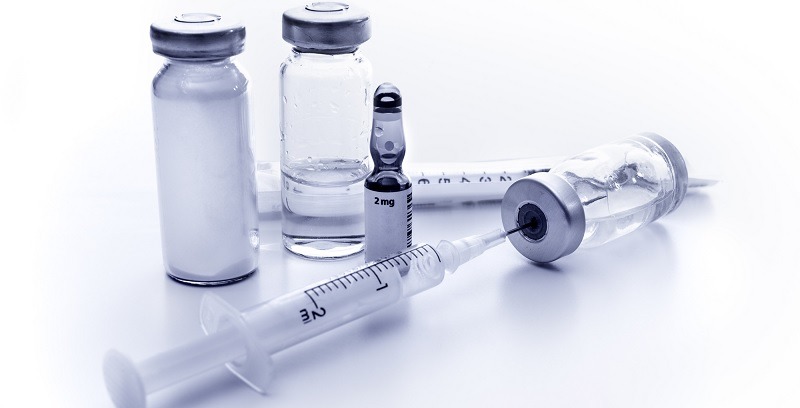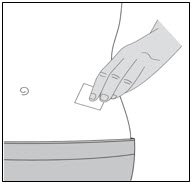

The thinking is that protamine may potentiate fibrinolysis by decreasing thrombin concentrations. Therapies include the use of albuterol, methylprednisolone, H1, and H2 antihistamines, vasopressin, norepinephrine, fluid administration, glucagon, and echocardiography to monitor cardiac function.Įxcess protamine can also negatively impact platelet function, interfere with coagulation factors, and stimulate the breakdown of the clot. Suspected anaphylactic responses to protamine receive treatment in the same way, other perioperative anaphylactic reactions. There are also reports of liver and kidney tissue damage.

The incidence of anaphylactic reactions ranges from 0.06% to 10.6%. The most common adverse effect associated with protamine administration includes an anaphylactic response consisting of systemic hypotension, pulmonary vasoconstriction, allergic reactions, pulmonary hypertension, bronchoconstriction, and bradycardia. a central venous line suggesting this may be the preferred route of administration. In clinical trials, hemodynamic changes and arterial oxygenation changes decreased with protamine infusion via the ascending aorta vs. The efficacy of protamine reversing heparin can be assessed by measuring the activated clotting time or performing a thromboelastogram test. Follow-up doses of protamine in the 0.5 mg range per 100 units can be given if bleeding continues 4 hours later. Initial protamine treatment for dalteparin, tinzaparin, or enoxaparin overdosage is 1 mg protamine per 100 units of the low molecular weight heparin given. To neutralize heparin, 1 to 1.5 mg of protamine gets injected per 100 units of heparin. Protamine is packaged as an intravenous solution in a concentration of 10 milligrams/milliliter. Proper dosing of protamine to reverse heparin is controversial and varies in the medical literature. If no adverse reaction occurs, then the balance of the protamine dose is infused. Often, protamine is administered through a peripheral intravenous line rather than a central line, as studies have shown that protamine delivered through a central line can cause an increase in plasma histamine levels and a decrease in systemic vascular resistance.


Many anesthesiologists in the cardiac operating room setting will administer a small bolus of protamine, often called a "test dose," to allow for early detection of adverse reactions, including hemodynamic instability. In the cardiac operating room setting, protamine is typically administered intravenously as an infusion over 10 to 15 minutes this slow infusion is intended to decrease the likelihood of side effects that can occur if infused too rapidly. When first introduced, protamine was used to prolong the action of insulin preparations adding it to the preparation prolonged the duration of action of the insulin and delayed insulin absorption. Currently, protamine is produced using recombinant technology, but it was originally isolated from salmon fish sperm. Finally, clinicians can use protamine for a partial reversal of low molecular weight heparins, including enoxaparin, dalteparin, and tinzaparin, but the degree of reversal is unclear, and this use has not been FDA-approved. Protamine is also utilized to reverse the anticoagulation effects of unfractionated heparin in the setting of dialysis, invasive vascular procedures, and acute ischemic strokes. When appropriately dosed, this neutralization reduces the risk of postoperative bleeding. It is most commonly used to neutralize heparin-induced anticoagulation after separation from cardiopulmonary bypass. Protamine is an FDA-approved drug for use in neutralizing the effect of unfractionated heparin.


 0 kommentar(er)
0 kommentar(er)
